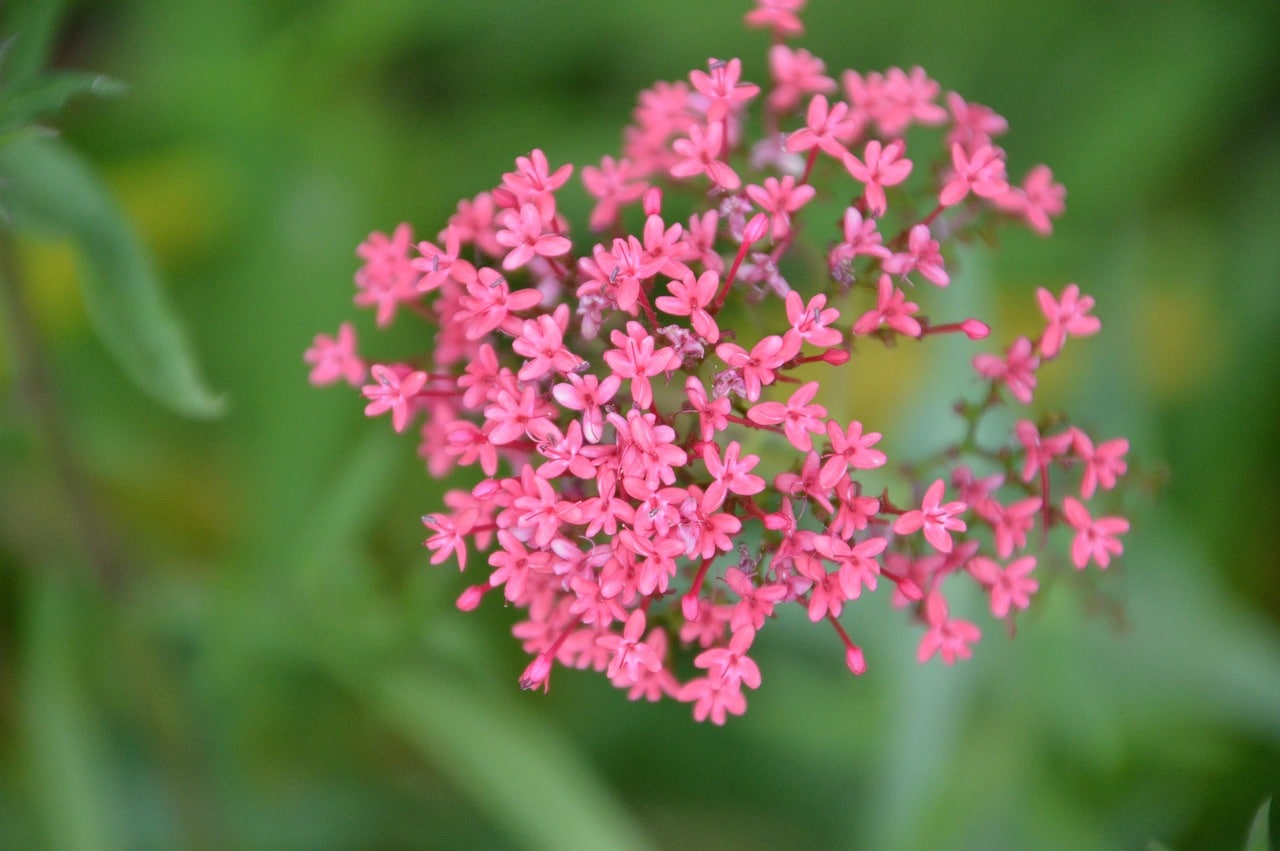Want to know how to grow milkweed in pots? Growing these beautiful wildflowers in pots are even easier than planting then directly onto the ground.
These clumps of flowers attract butterflies and other pollinators to your garden. This article aims to inform you about the different types of milkweeds, as well as how to grow them in pots.

Most Common Types of Milkweed Grown in Pots
Did you know that there are over 100 types of milkweeds? Here are some of the most common types of milkweeds that can grow in a pot:
Swamp Milkweed
This plant is one of the species of milkweeds that attract Monarch. You’ll want to include this type of flower into your list if you want to draw butterflies to your garden. But what makes it thrive in pots? Swamp milkweed doesn’t have taproots, making it ideal for growing in pots.
Tropical Milkweed
This type of milkweed grows naturally in warmer states in the U.S., and it attracts the Monarch butterfly. Tropical milkweeds provide nectar for these butterflies and other pollinators. If you live in cooler areas, the tropical milkweed may be considered as an annual plant. For container milkweeds, you’ll enjoy more branches in the second year as well as a long blooming period in the next summer season.
Showy Milkweed
These flowers are as stunning as it is fragrant. This type of milkweed is invasive, so it’s best if it’s kept in a pot. However, these plants need at a large container – about six gallons or larger.
Whorled Milkweed
This milkweed is a host plant for larva, and it thrives best in dry or sandy soils. If you live in USDA zones 4a to 10b, whorled milkweed is hardy there. This milkweed provides food for Monarch butterflies and other pollinators, and it’s easier to grow them in containers.
Growing Milkweed Plants in a Container
For some people, planting milkweed in containers is the best option. It’s portable so you can easily overwinter them in your house, garage, or mini-greenhouses, and you can place them back outside when spring season is around the corner.
In the same pot, you can plant your milkweeds with other flowers rich in nectar. In this way, the Monarch and other butterflies will return to your garden. Be sure to place your pots in an area near your house. It’s always relaxing to see the beautifully colored butterflies in your garden. When choosing a container, you can use a large plastic pot, so it’s easier for you to transfer and store them during winter.
Some milkweeds have big roots, so make sure the container is big enough for them to grow. Plant your milkweeds from seed or seedling in rich, well-draining soil.
Reasons to Grow Milkweed in Mini Greenhouses
Why should you grow milkweed in a mini greenhouse? Here are several reasons why:
Reason #1: Protect them from pests
Orange aphids, milkweed beetles, milkweed miners, and other milkweed bugs can potentially harm your flowers. It keeps pollinators from your milkweed and can stunt its growth. But if you keep them inside a greenhouse, there’s a lesser chance of pests finding them.
Reason #2: Keep your plants safe from bad weather
Storms, heavy rain, hail, snow, and strong winds can potentially damage your milkweeds overnight. Having a greenhouse makes it easier for you to grow milkweeds and other plants under unpredictable climates.
Reason #3: Available in various sizes
Large, glass-walled greenhouses are the first thing that comes to mind when people think of greenhouses. However, this isn’t the case at all because greenhouses come in all shapes and sizes. You don’t always need a big greenhouse; most of the time, medium-sized to mini-greenhouses are more than enough to address a homeowner’s need.
Reason #4: Great for gardeners with limited space
If you like to grow flowers and other plants, but you don’t have space, a mini greenhouse is a great alternative. The standard size for small greenhouses is 6 feet, but if this is still too big for you, there are more compact sizes available in the market. You can place your small greenhouse kit on your balconies, backyards, decks, indoors, and even on your tabletop. Even though they’re small, mini-greenhouses provide the same benefits as larger greenhouses do.
Reason #5: Ideal for beginners in greenhouse gardening
Want to know more about greenhouse gardening? Buying a mini greenhouse is a great place to start learning about greenhouse technology. This is especially true if you’re not ready to invest thousands in a larger, more permanent greenhouse. Once you know how greenhouse gardening works, you can decide whether you want to expand or not.
Reason #6: Start plant growth early
With a small greenhouse, you can start planting your flowers even before the cold season starts. Once the weather is more favorable, you can transplant them into your garden.
Reason #7: Great for more tender plants
If you have tender perennial plants, you can protect them from frost, ice, and snow during winter by placing them inside a mini greenhouse. They can stay warm and toasty inside your greenhouse until spring. Once the weather clears, you can transfer them again into your garden.
Final Thoughts on How to Grow Milkweed in Pots
Now that you know how to grow milkweed in pots, the next thing you need to do is to plant them. Your milkweeds will definitely attract Monarch butterflies, bees, and other helpful pollinators to your garden.
